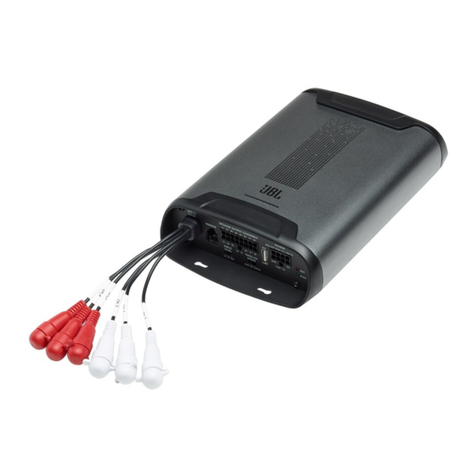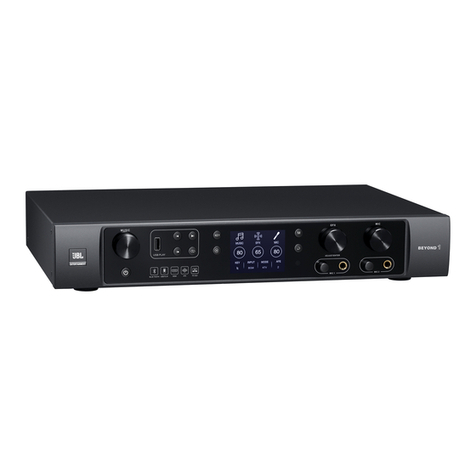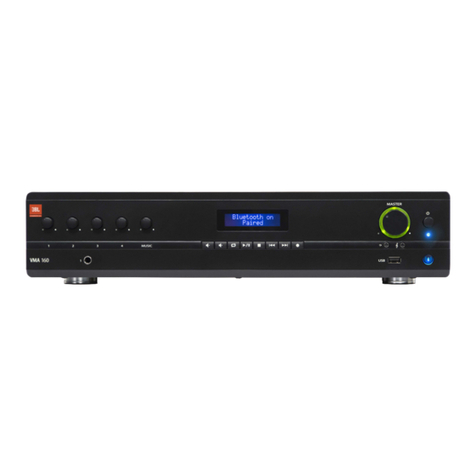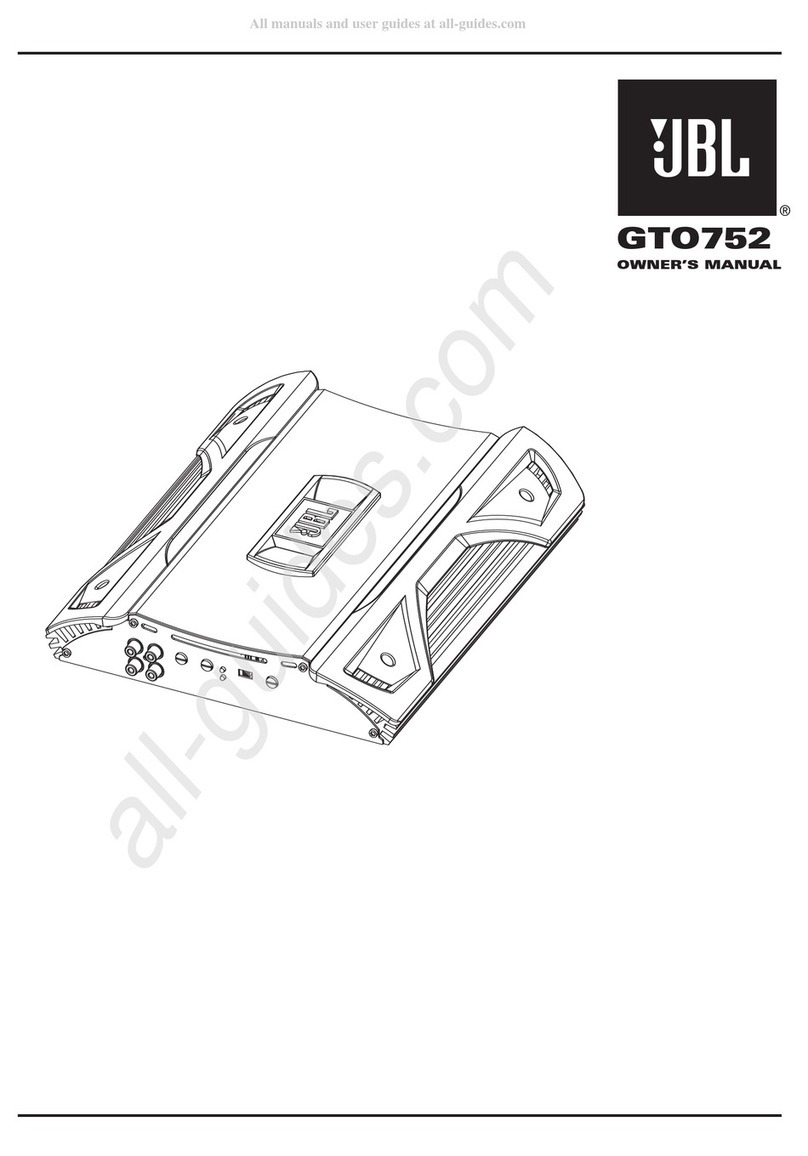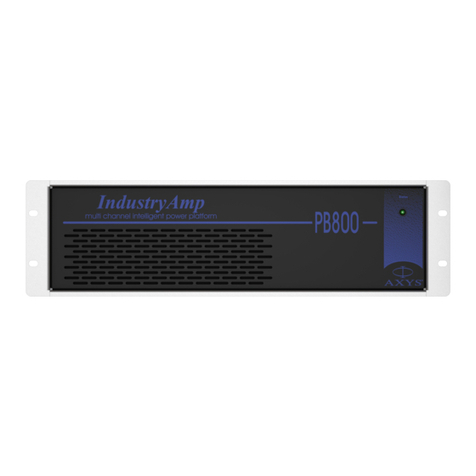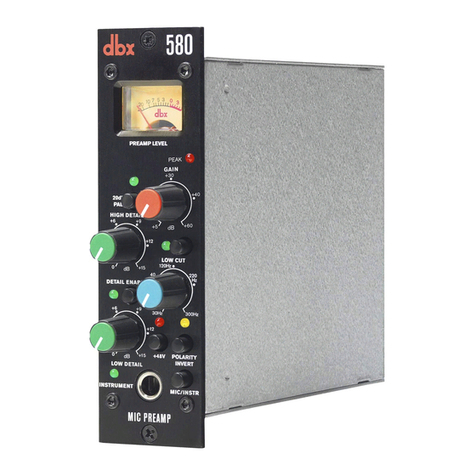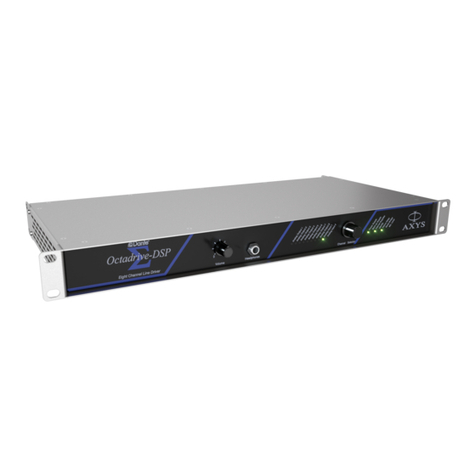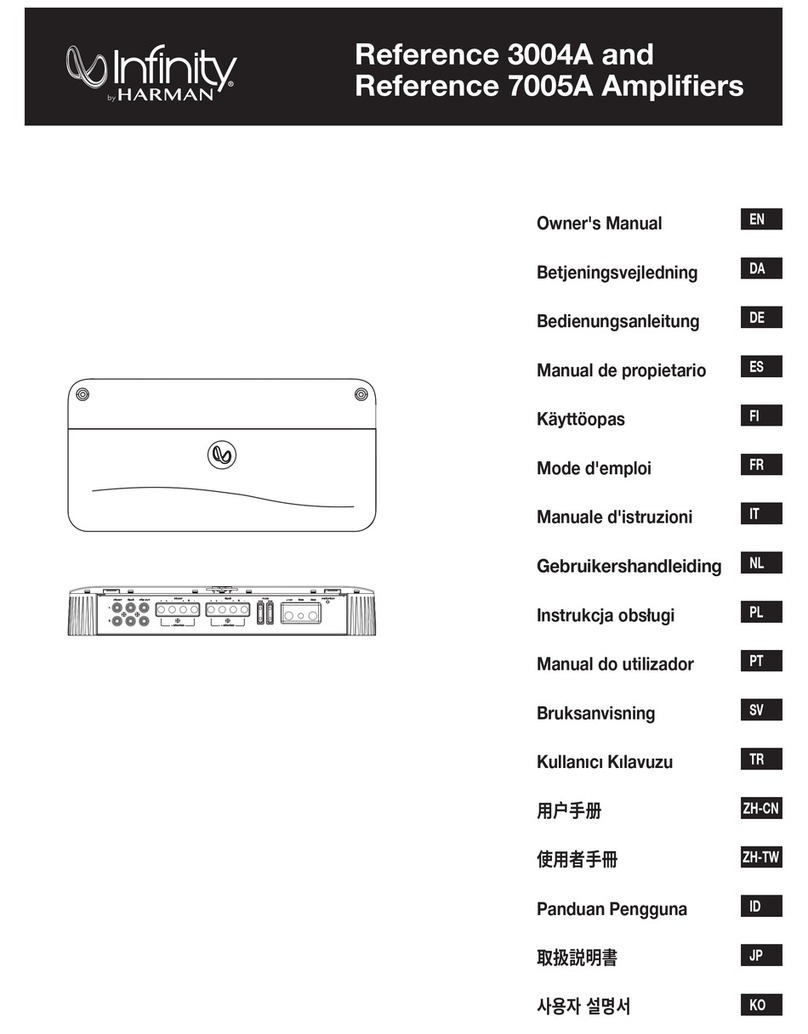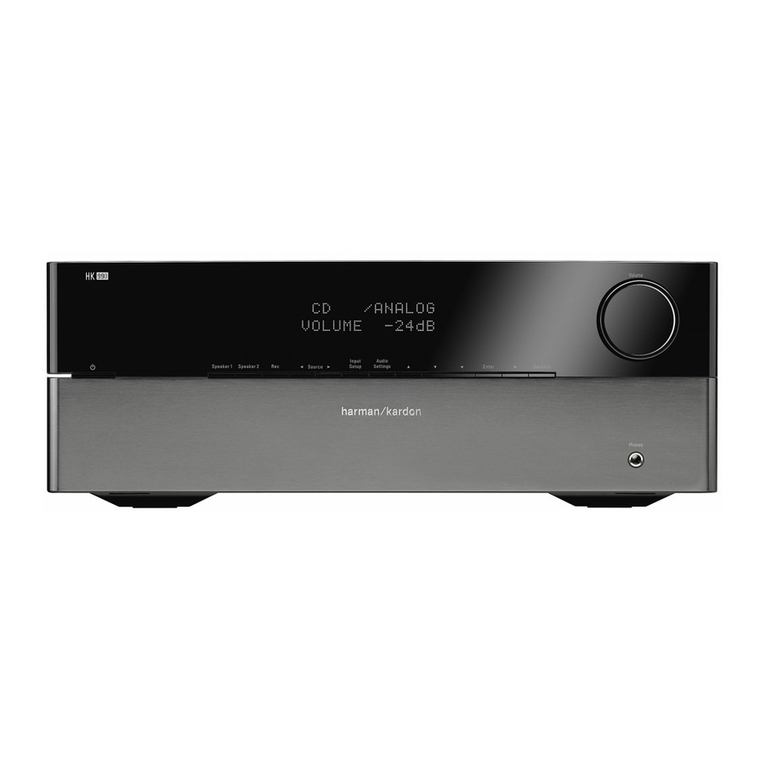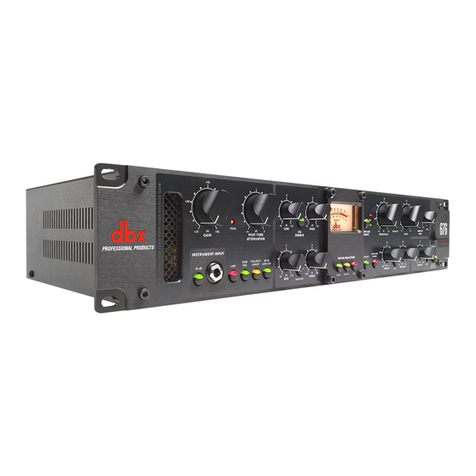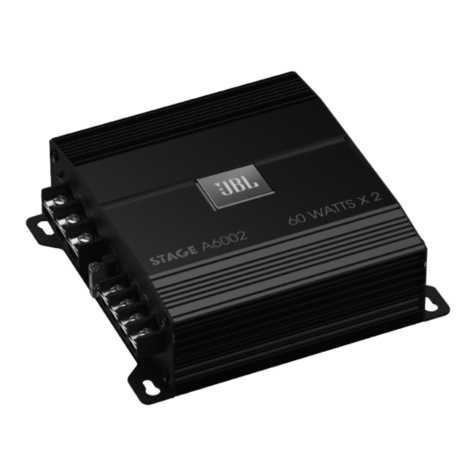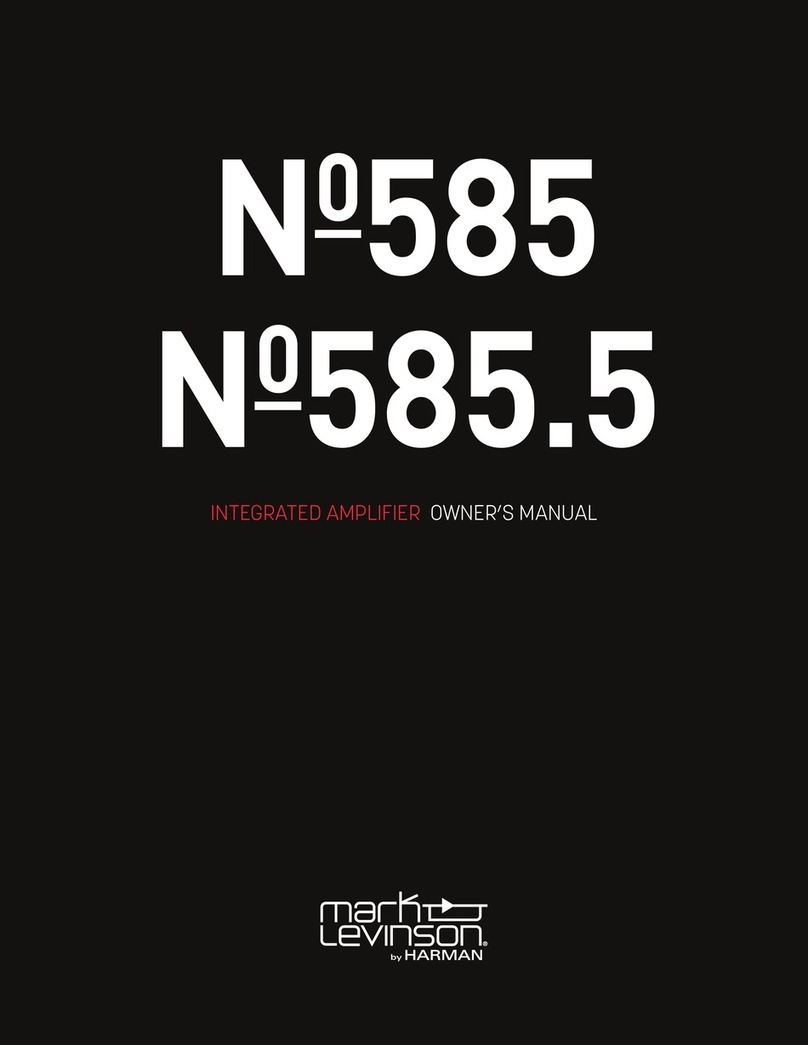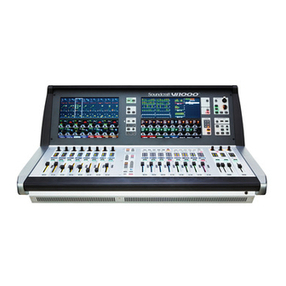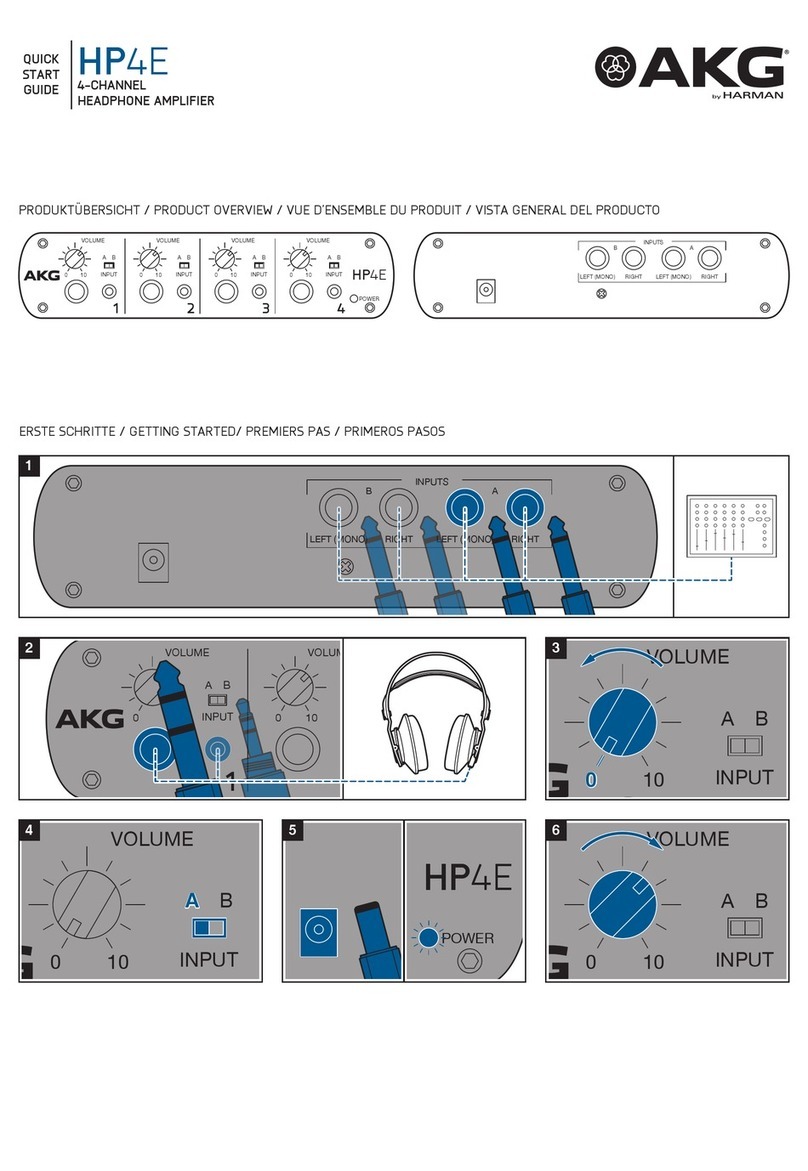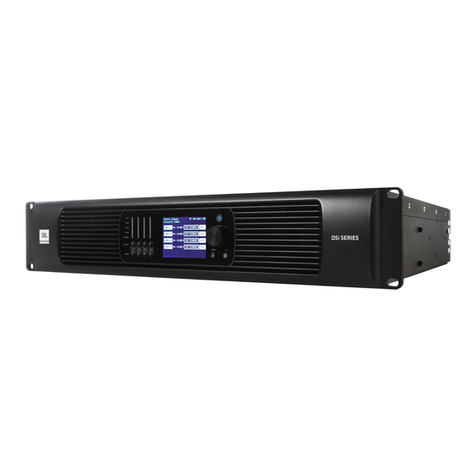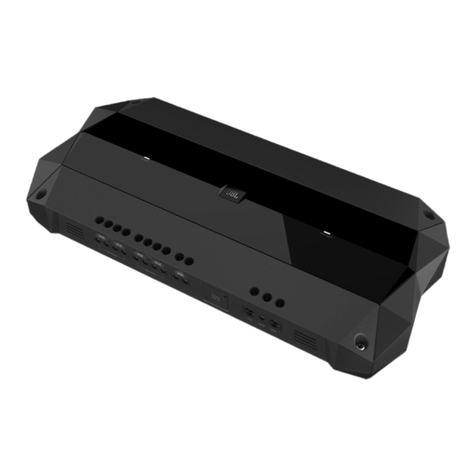Safety
6
!
!
!
!
!
!
!
!
!
!
!
!
!
!
!
Do not place the apparatus on an unstable surface.
Do not insert objects through any apertures.
Do not use this apparatus near water.
Unplug the unit before cleaning. Clean only with a damp cloth.
Do not block any of the ventilation openings. Install in accordance with the
manufacturer's instructions.
Do not install near any heat sources such as radiators, heat registers, stoves
or other apparatus including amplifiers or power supplies that produce heat.
Do not defeat the safety purpose of the polarised or grounding-type plug.
A polarised plug has two blades with one wider than the other.
A grounding-type plug has two blades and a third grounding prong. The
wider blade or the third prong are provided for your safety. When the plug
provided does not fit into your outlet, consult an electrician for replacement
of the obsolete outlet.
Protect the power cord from being walked on or pinched particularly at
plugs, convenience receptacles and the point where they exit from the
apparatus.
Avoid using mains outlets on the same circuits as air control systems or
other equipment that regularly switches on and off.
Only use attachments /accessories specified by the manufacturer.
Unplug this apparatus during lightning storms or when unused for long
periods of time.
Refer all servicing to qualified service personnel. Servicing is required when
the apparatus has been damaged in any way such as the power supply cord
or plug is damaged liquid has been spilled or objects have fallen into the
apparatus the apparatus has been exposed to rain or moisture the
apparatus does not operate normally the apparatus has been dropped.
Unplug the unit under these circumstances.
Adjust only those controls that are covered by the operating instructions.
Use only the mains lead provided with the equipment . Other leads may
not have sufficient current rating.
Do not operate this unit with the cover removed.
WARNING - For your own safety and to avoid invalidation of the
warranty please read this section carefully.

